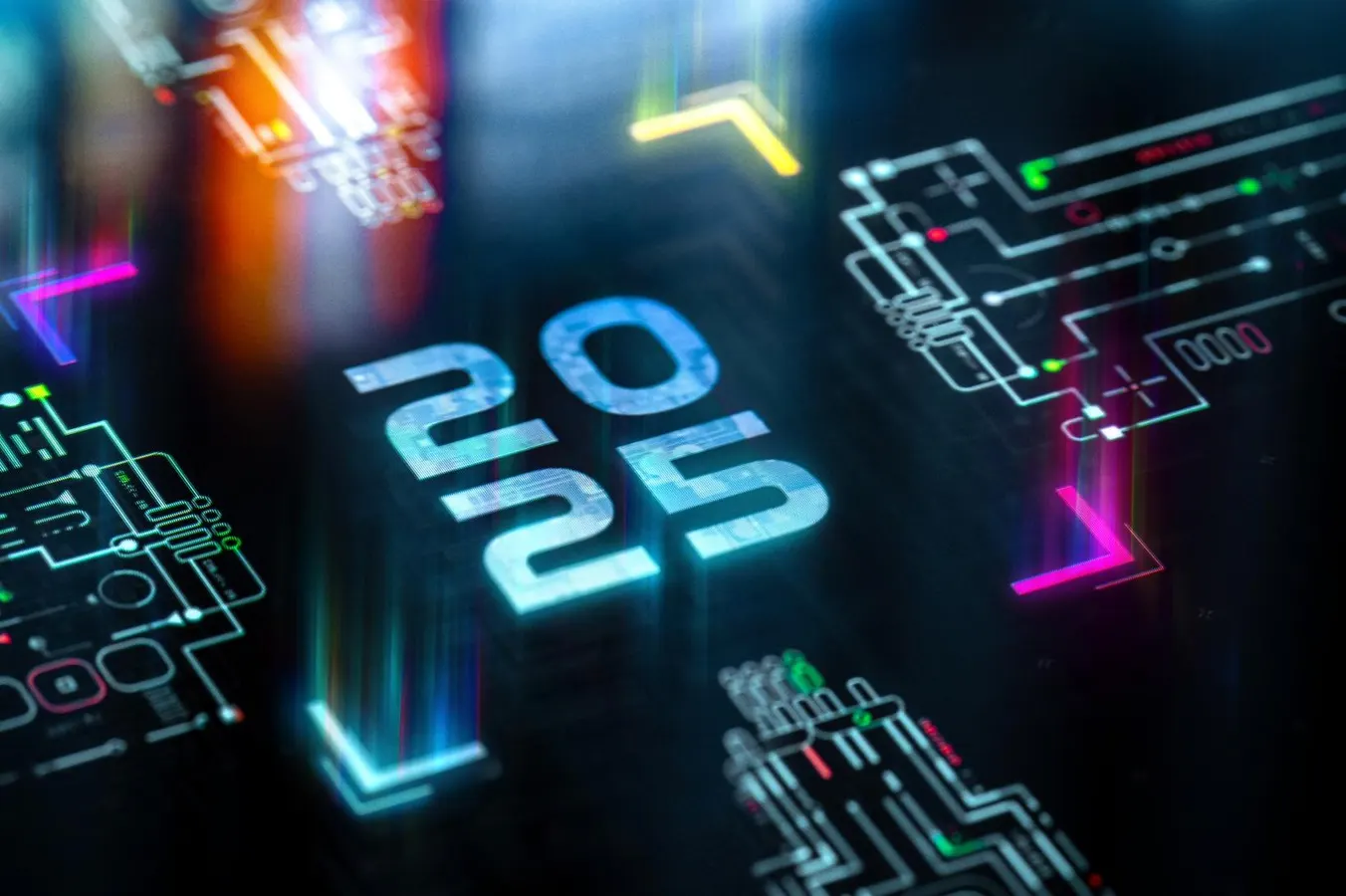From bioengineering to immersive reality, a new wave of innovation is forming — and businesses that look beyond the obvious will define what comes next.
Beyond the AI Plateau
AI has dominated the innovation agenda for half a decade. But as tools mature and commoditise, attention is turning toward what comes after the AI boom.
The WEF’s 2025 report highlights ten technologies poised to redefine economies — from genetic design tools to neuromorphic chips and mixed-reality computing. The common thread? Each promises to push intelligence, interactivity, and adaptation deeper into the physical world.
We’re entering a new phase: not just intelligent software, but intelligent matter.
1. Bioengineering: The Next Compute Platform
Biology is becoming programmable. Advances in synthetic biology and biofoundries are enabling organisms to act as data processors, material producers, even power sources.
Startups are already using AI-driven protein design to accelerate drug discovery and engineered microbes to create sustainable materials — from carbon-negative concrete to lab-grown leather.
The business takeaway is clear: the bioeconomy is scaling like software once did. Expect new supply chains built around programmable organisms and bio-based manufacturing platforms.
2. Immersive and Spatial Computing
The metaverse hype may have cooled, but spatial computing is quietly maturing. The convergence of AR, VR, and AI is redefining how humans interact with digital systems — not as screens, but as environments.
Apple’s Vision Pro, Meta’s mixed-reality labs, and industrial platforms like Siemens Xcelerator all point to a new interface paradigm. In this world, design, collaboration, and simulation happen in 3D spaces powered by real-time physics and digital twins.
For businesses, this means moving from “visualization” to “virtualization” — where every process can be modelled, tested, and optimized in immersive form before it’s built in reality.
3. Energy-Intelligent Infrastructure
As AI and automation surge, energy becomes the new constraint. Energy-aware computing, from low-power chips to microgrids optimised by AI, is emerging as the next frontier of competitiveness.
The WEF notes breakthroughs in solid-state batteries, hydrogen catalysts, and power-to-X technologies — innovations that blur the line between energy and data infrastructure.
Expect energy intelligence to become a core KPI for digital systems. The fastest systems will also be the most efficient.
4. Material Intelligence and Quantum Catalysts
Innovation is moving to the atomic level. Smart materials that sense, heal, or change form are leaving the lab, while quantum simulation is accelerating material discovery.
Companies like Microsoft’s Azure Quantum Elements are already using hybrid quantum-classical models to discover new catalysts for green ammonia or carbon capture. These aren’t future visions — they’re new industries forming beneath the surface of existing value chains.
For manufacturers and investors alike, materials are becoming a source of digital advantage.
5. The Next-Generation Internet: Trust, Provenance, and Interoperability
After a decade of centralization, the next wave of digital infrastructure is about verifiable systems.
Technologies like decentralized identity (DID), zero-knowledge proofs, and quantum-safe cryptography are building a web where provenance and security are embedded by design.
This matters because as data becomes the new currency of AI economies, trust infrastructure will determine which ecosystems thrive.
A Shift in Innovation Logic
Across these domains, one principle stands out: the next decade of technology is about convergence.
AI isn’t an industry anymore — it’s an ingredient. The real breakthroughs will happen where disciplines overlap: AI + biology, energy + computation, matter + data.
Businesses that build scanning capability — to detect, assess, and pilot these technologies early — will lead in value creation. Those that only react to mainstream hype cycles will find themselves perpetually catching up.
Looking Ahead
2025 marks the start of a new innovation curve. The winners won’t just adopt technologies; they’ll architect systems that merge them.
The next decade will belong to companies that treat emerging tech not as isolated bets, but as a portfolio of interlocking advantages.
Follow Tomorrowist for more insights on innovation, deep tech, and value creation.





